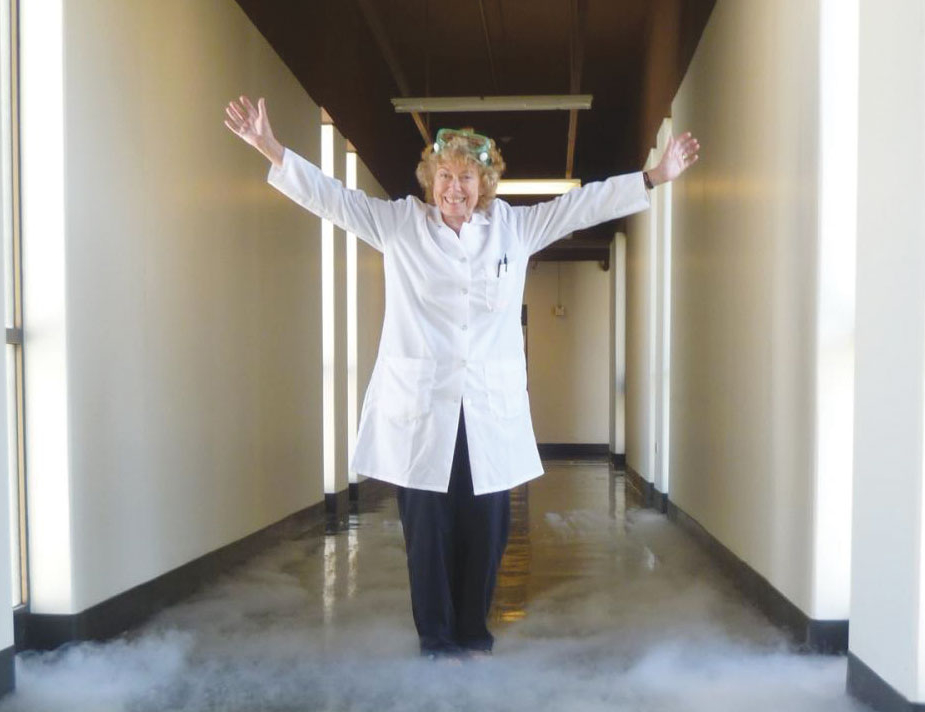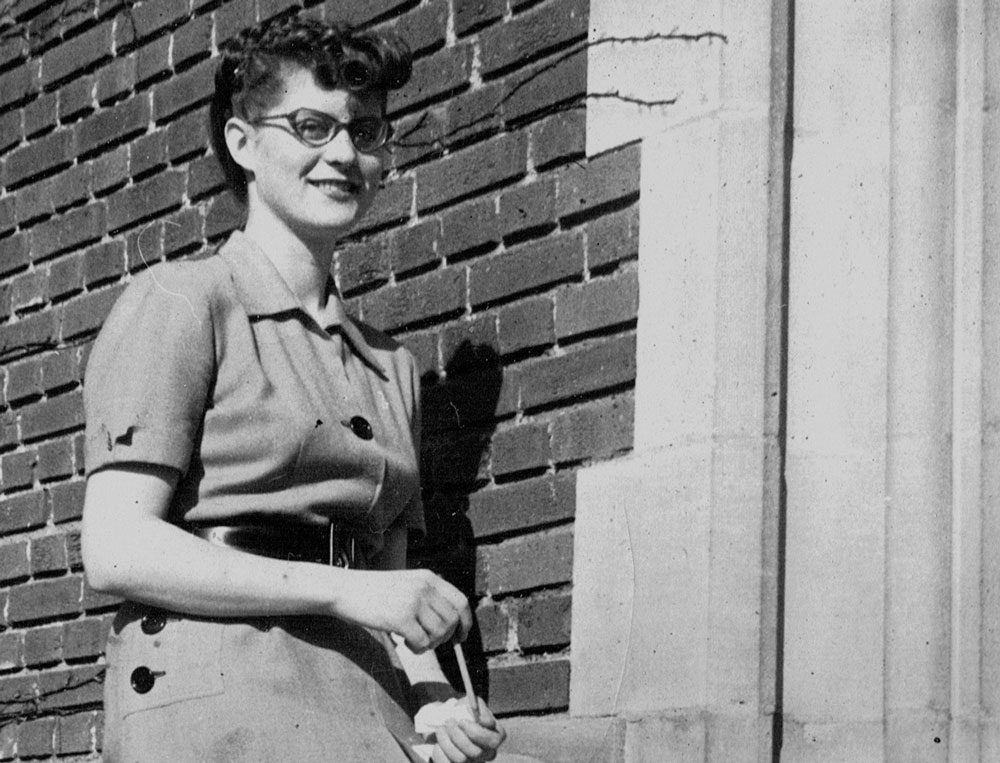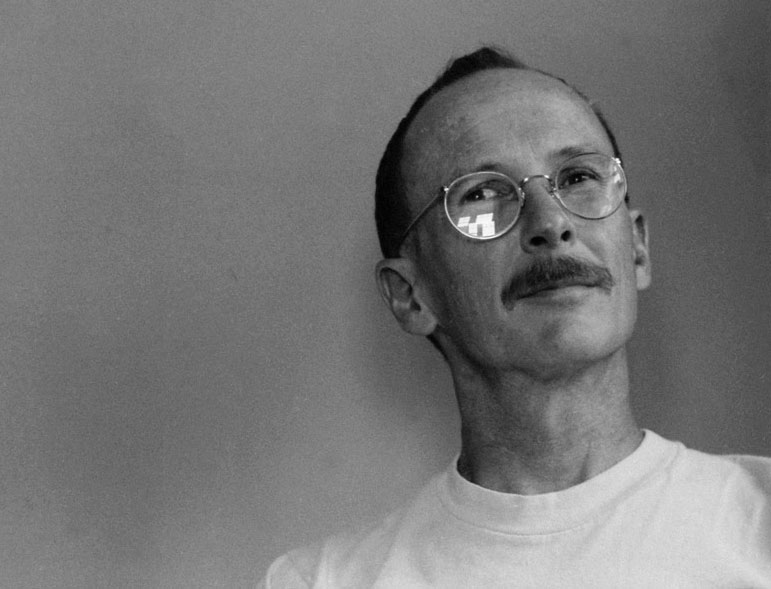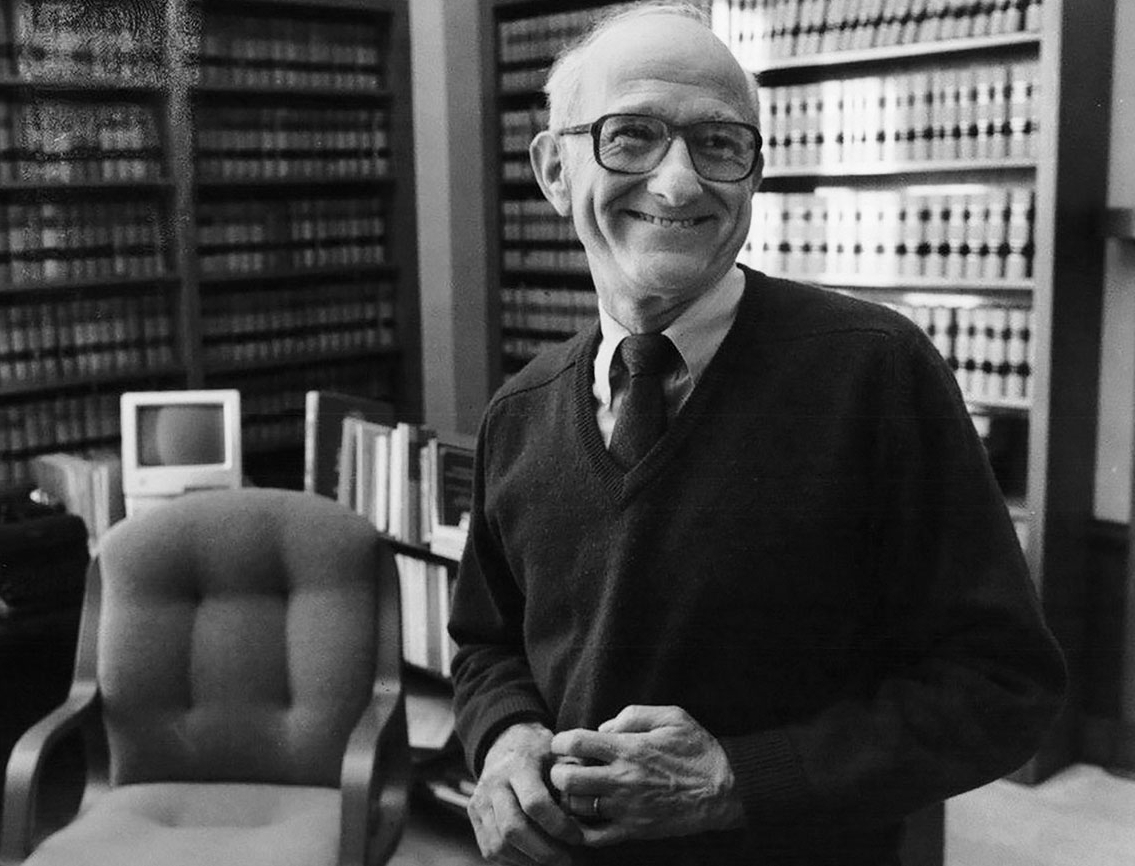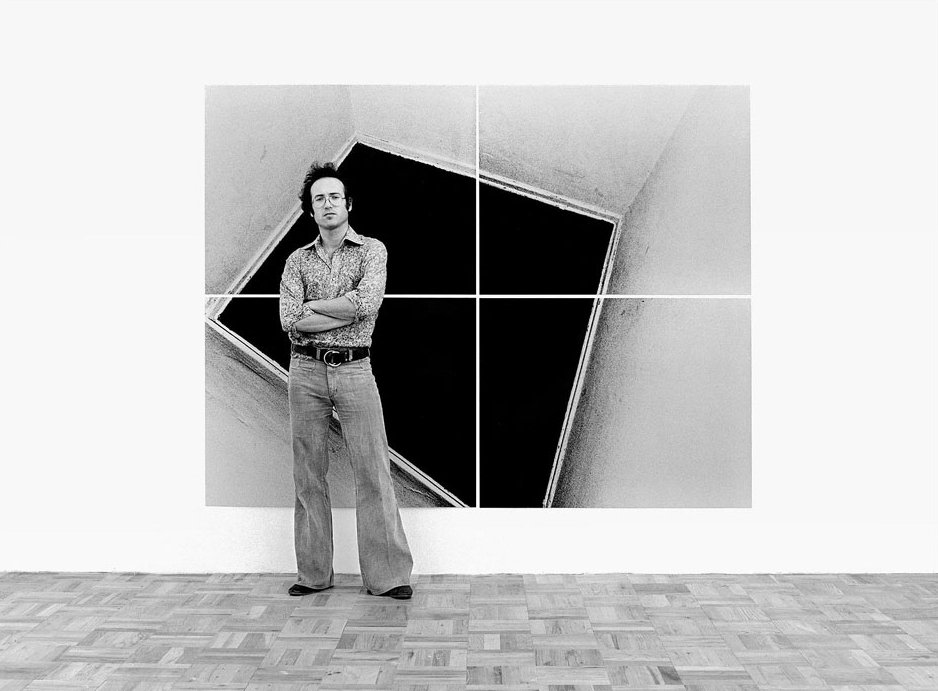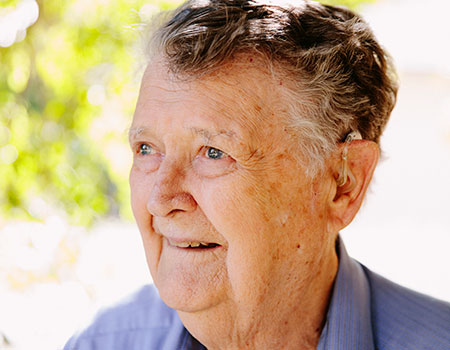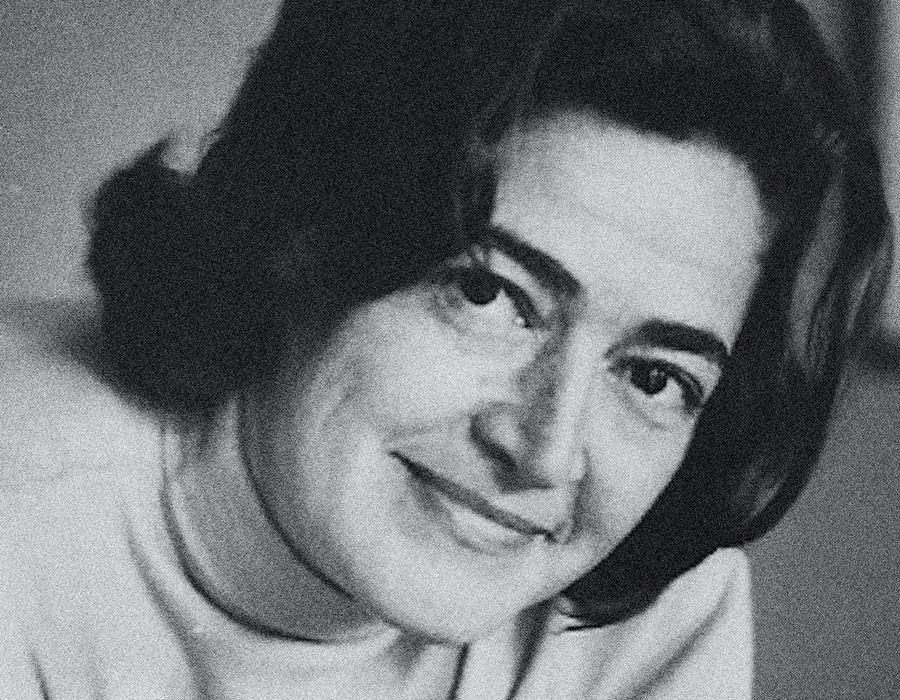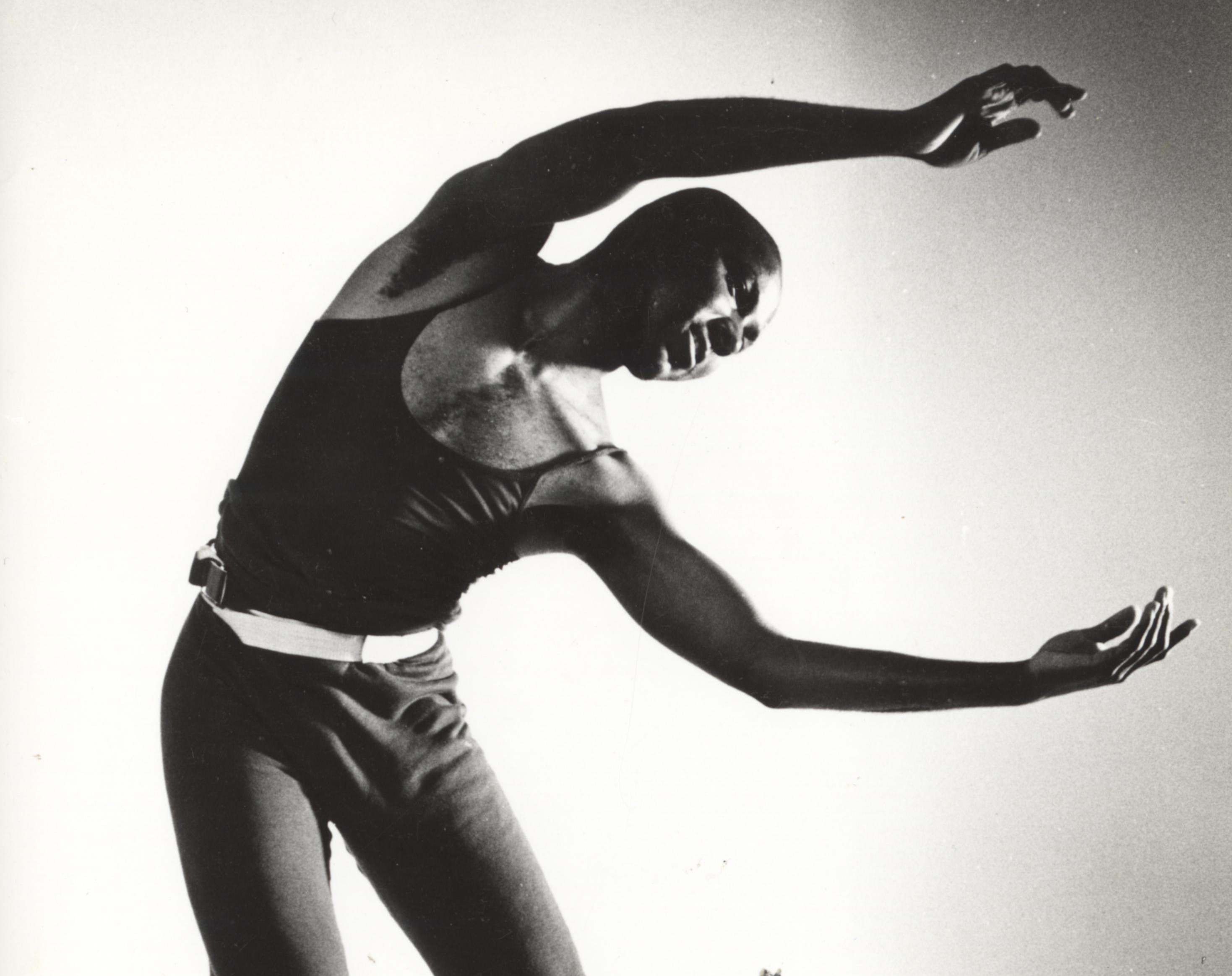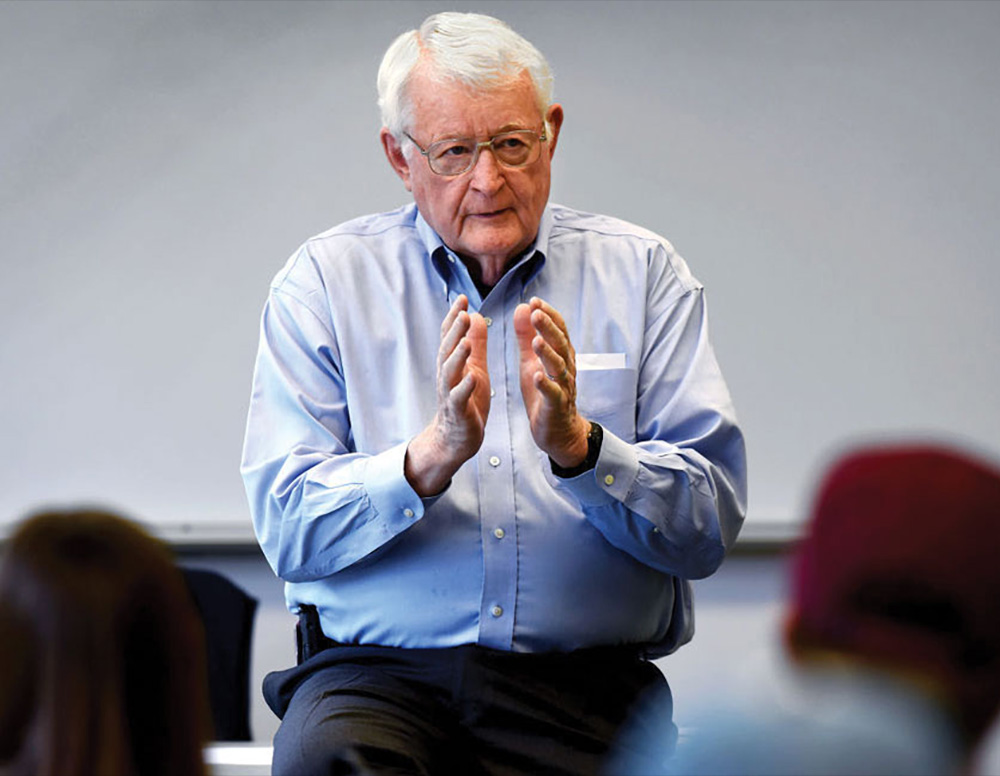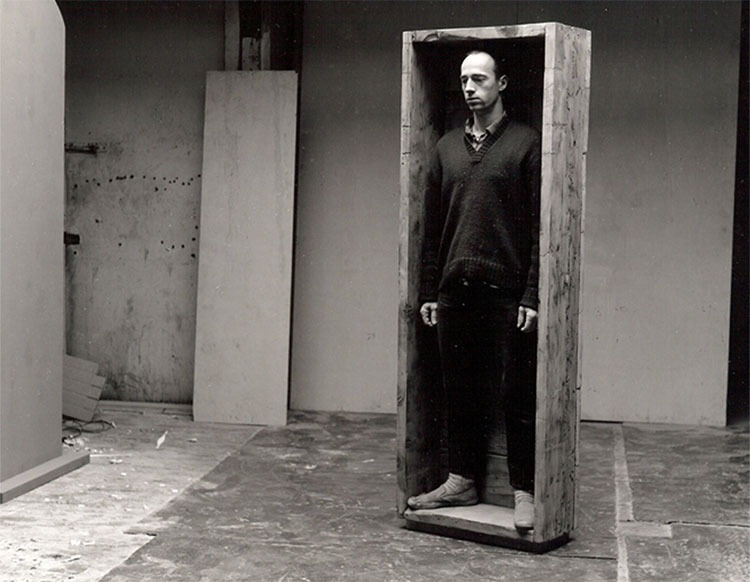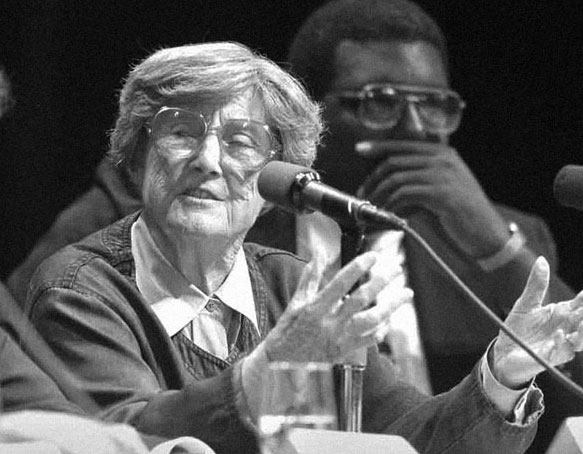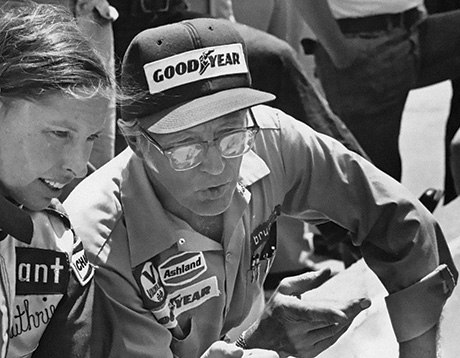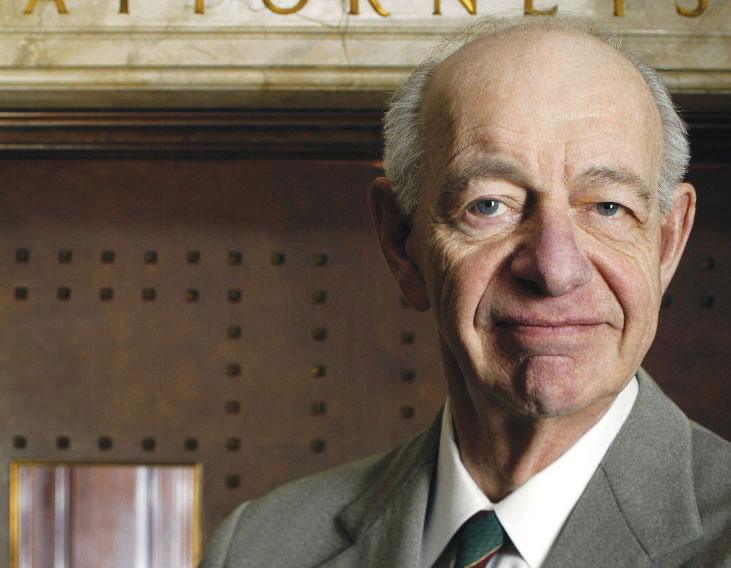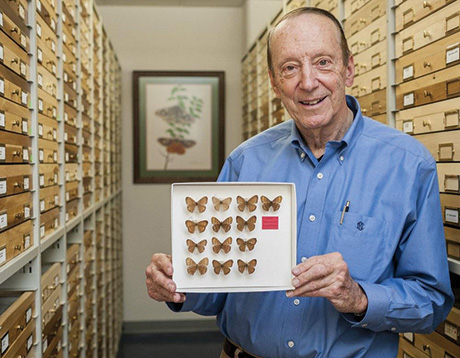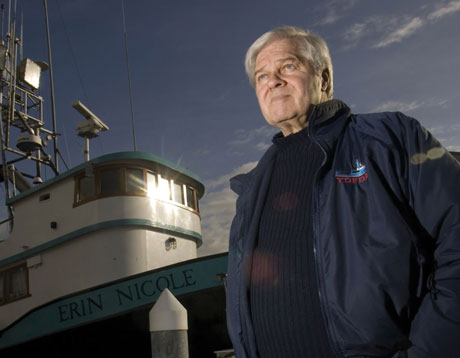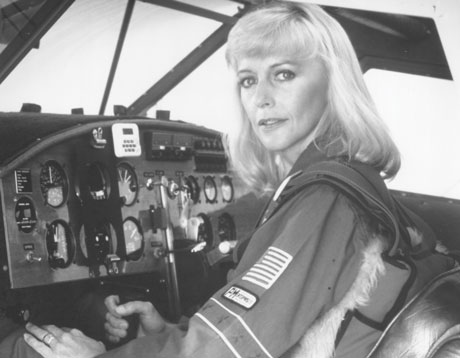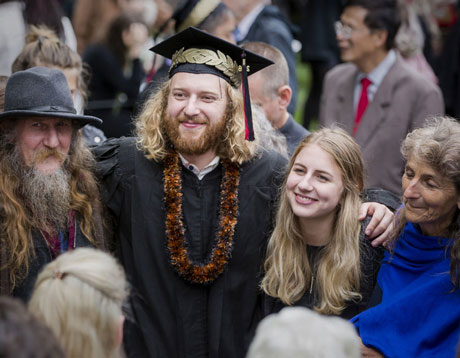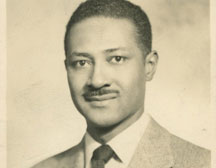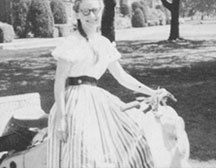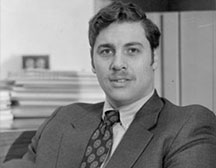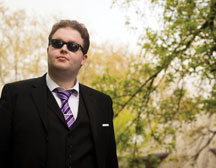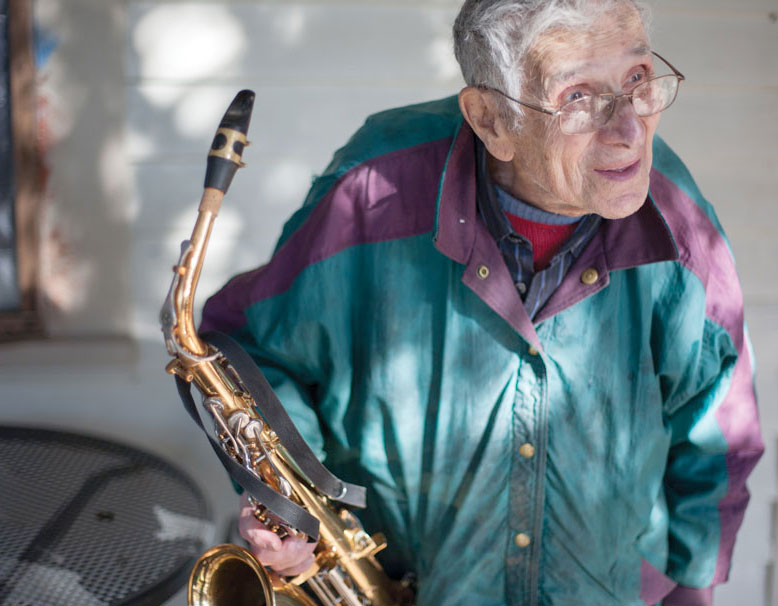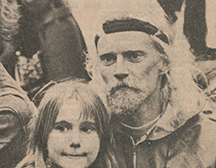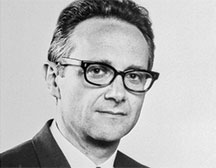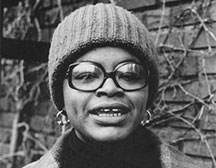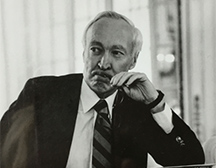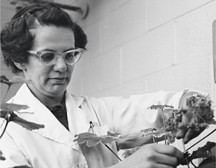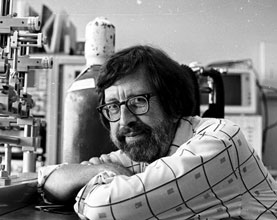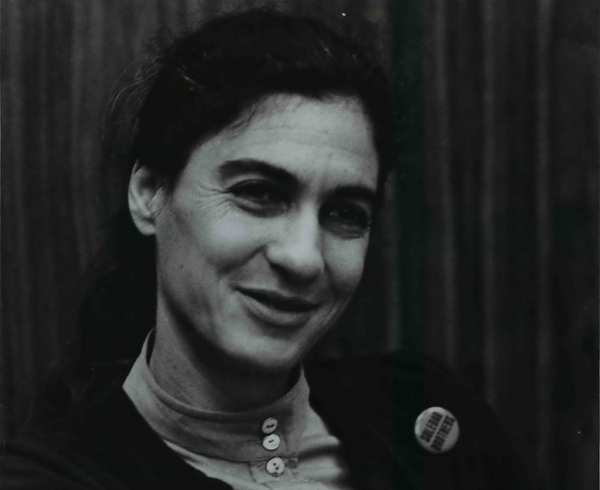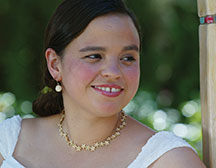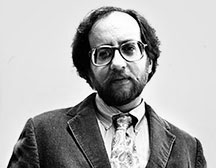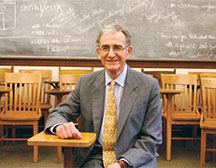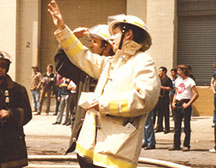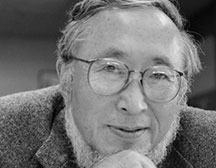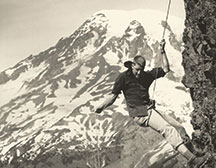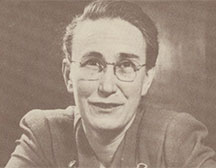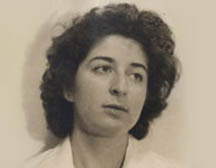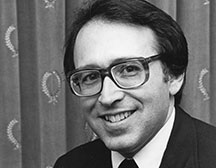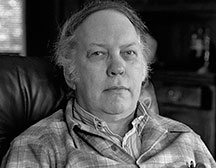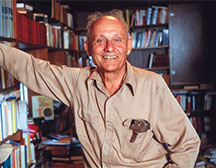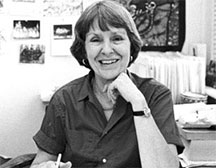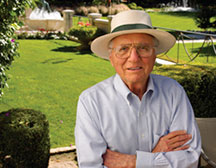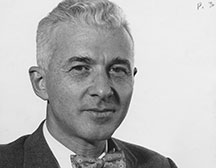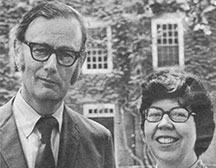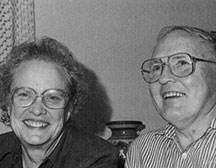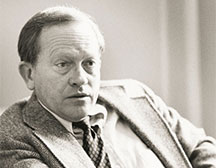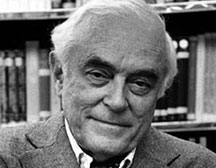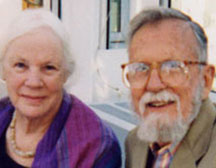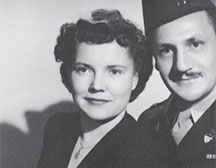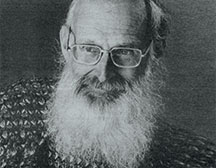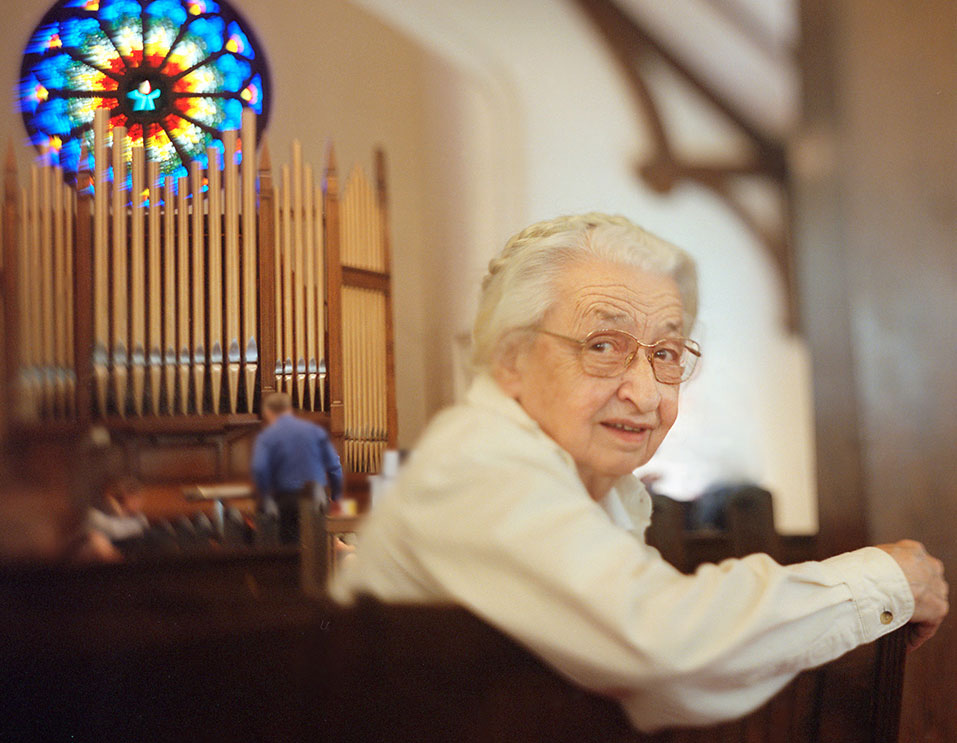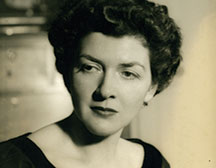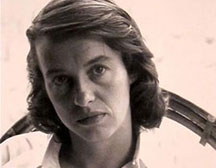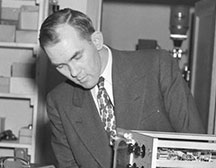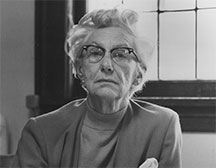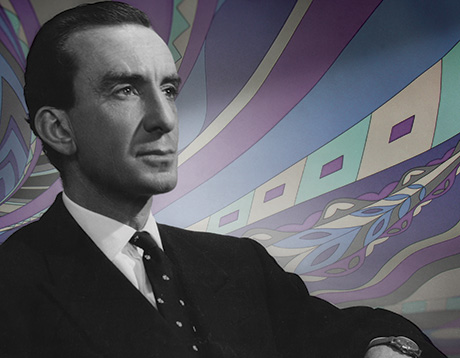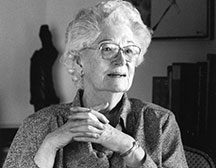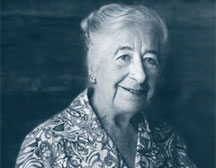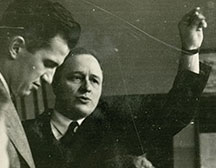John Edwin Norbeck ’52
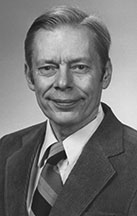
John Edwin Norbeck ’52, July 13, 2013, in Coralville, Iowa, from a heart attack. “Although I was a chemistry major at Reed,” Ed wrote in 1992, “I took many physics and math courses. My specialty was in radiochemistry with a secret interest in the chemistry of explosives. The radioactivity in the radiochemistry focused my interest on the nucleus of the atom, which is usually studied by physicists.” During the summers of 1951 and 1952, Ed carried both of his special interests “to the extreme,” he said, by working in Hanford, Washington, where the explosive materials were made for nuclear and hydrogen bombs. “This was great fun, but at the end of the summer in 1952, I put the weapons work behind me and went to the University of Chicago for a PhD in nuclear physics (1956).” (During his work at Hanford, Ed provided Arthur Scott [chemistry 1923–79] with an illustration for a small nuclear reactor, which he believed may have inspired Scott to build Reed’s research reactor.) Ed taught at the University of Minnesota before joining the faculty in physics and astronomy at the University of Iowa; he was made full professor in 1967. For a number of years, he did research in Europe. “Most of my funding for nuclear-physics research has been in French francs, deutche marks, and rubles. Fortunately, I had studied German and Russian at Reed, and then French and more Russian at the University of Chicago. I now have research funding in dollars, but I am grateful for the interlude in Europe, which provided a fascinating addendum to my liberal arts education.” His research consisted of colliding the nuclei with heavy atoms, including uranium, at energies high enough to break up both nuclei into a number of smaller nuclei. “Obtaining suitable beams of the heavy nuclei requires huge accelerators, of which only a few exist, all in the U.S. and Europe.” He designed and utilized a computerized data acquisition system to record events in collisions between accelerator beam particles and target nuclei, and was the first recipient of an award established by the Computer Applications in Nuclear and Plasma Sciences Technical Committee of the Institute of Electrical and Electronics Engineers (IEEE). The award, which was presented to him in 1987, honored his pioneering work in building the first computerized data acquisition system based on a general-purpose computer. Ed joined the University of Iowa’s high-energy physics group in 2000 and was engaged in experimental work with the Compact Muon Solenoid collaboration at CERN. He retired as professor emeritus in 2002. Reporting Ed’s death, the University of Iowa astronomy department stated: “Our Iowa group will greatly miss his advice and expertise.” Ed was a member of the Coralville Methodist Church, the Iowa City Community Band, and IEEE, and a fellow of the American Physical Society. He married Betty A. Samuelson in 1956, and they had three daughters and a son. Survivors include his wife Janet Branson, whom he married in 1984, two daughters, a son, two stepdaughters, two stepsons, six grandchildren, two great-grandchildren, and his sister.
Appeared in Reed magazine: December 2013
comments powered by DisqusFrom the Archives: The Lives they Led
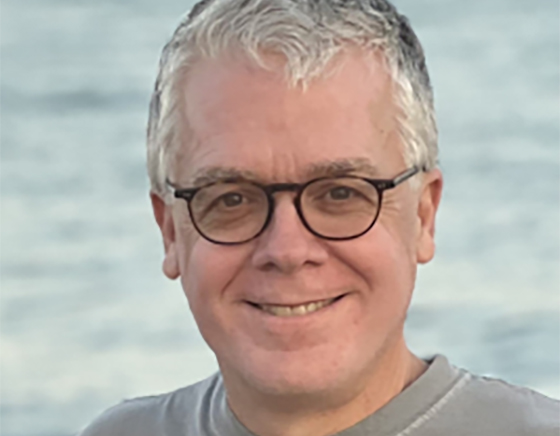
Frederick Dushin ’86
Frederick, an architect and software developer, embodied the intellectually adventurous spirit of Reed throughout his life.
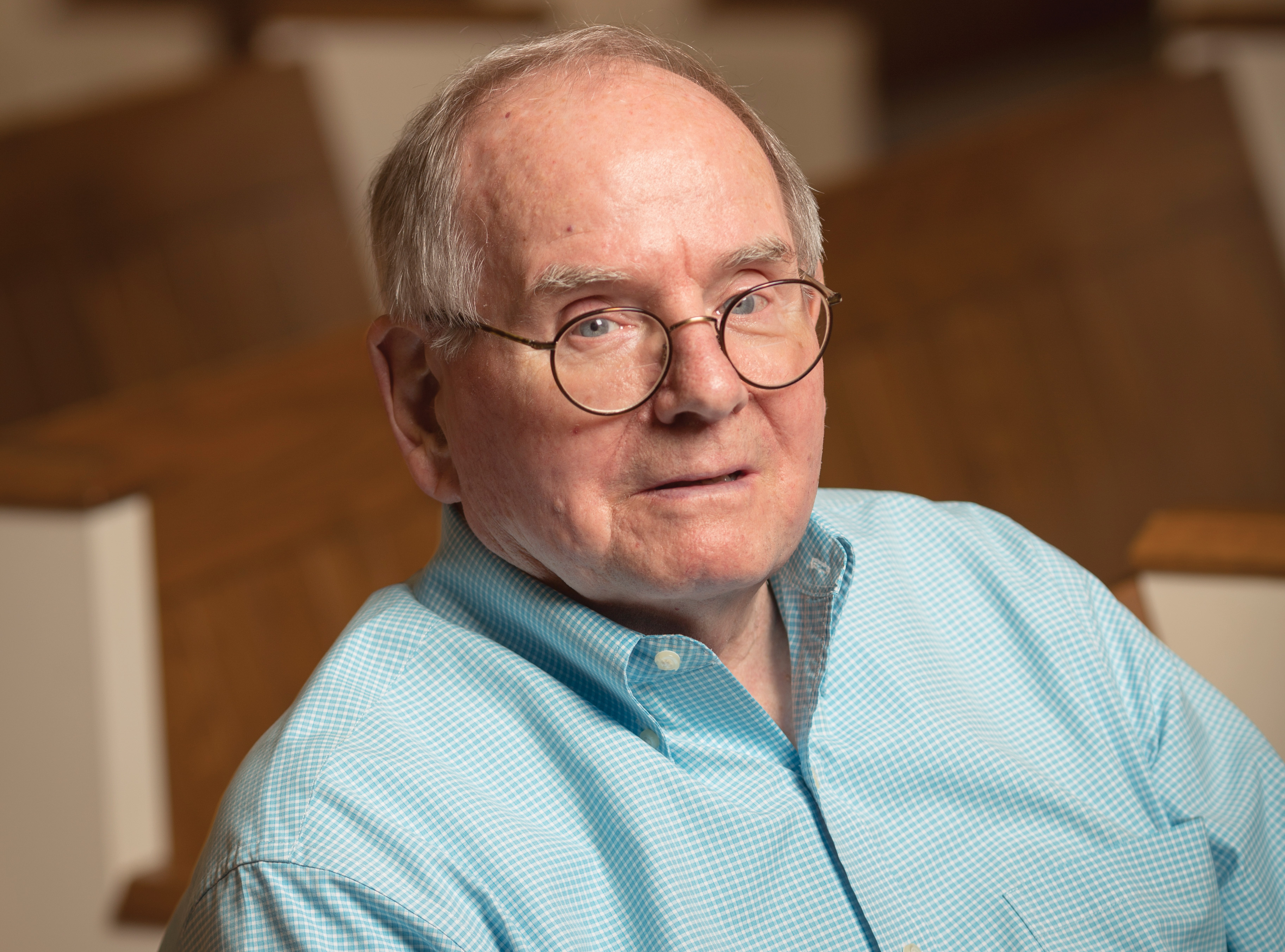
William Haden
As acting president of Reed from 1991 to 1992, William “Bill” R. Haden worked to strengthen Reed’s finances and improve alumni relations.
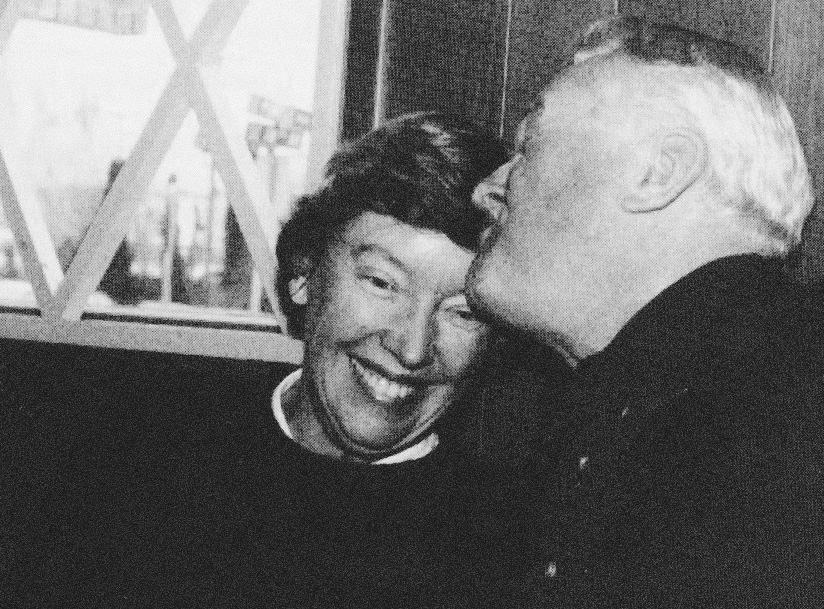
Nancy Horton Bragdon
Reed’s First Lady Whose Warmth and Leadership Were Invaluable During a Turbulent Time

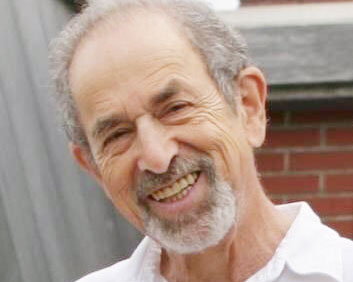

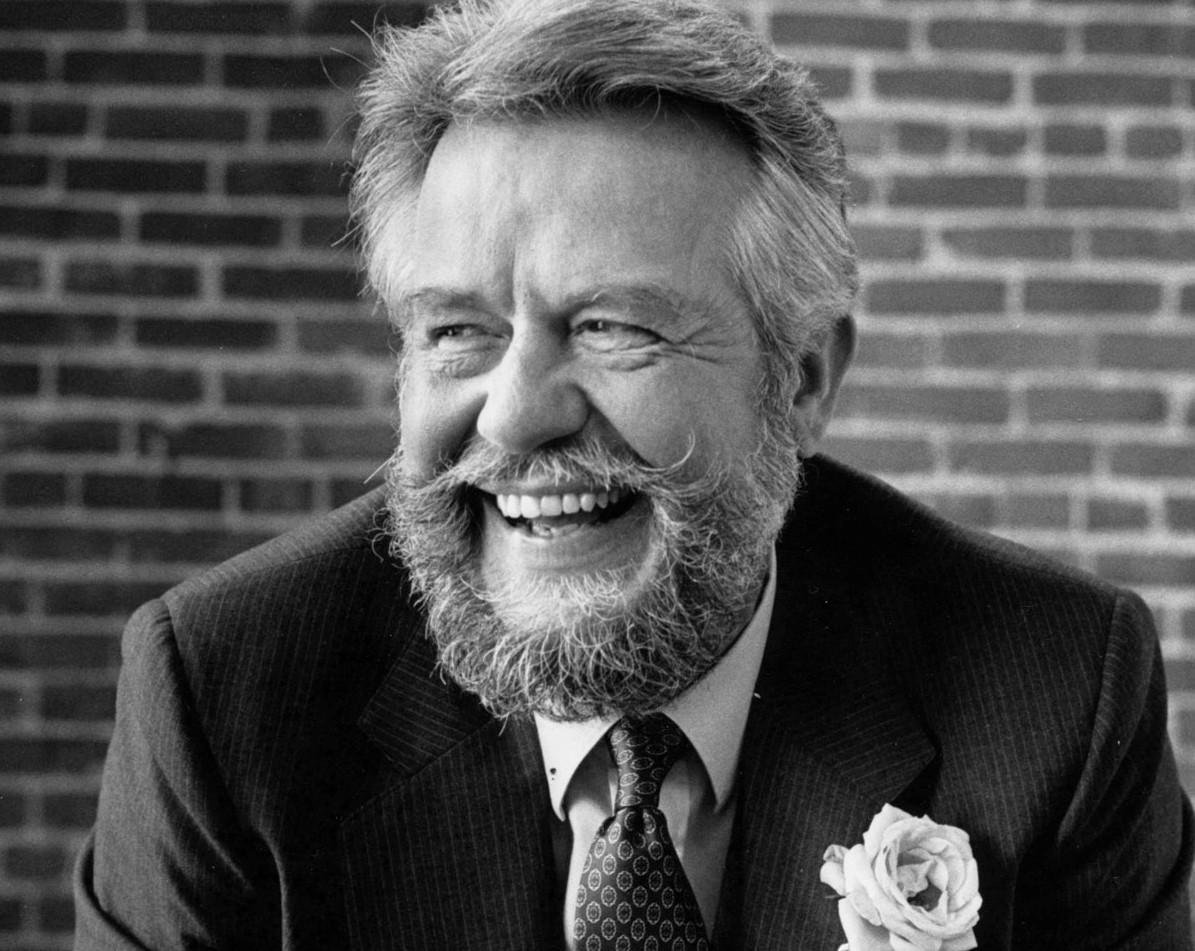
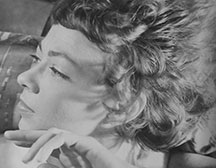
![Photo of Prof. Marvin Levich [philosophy 1953–94]](https://www.reed.edu/reed-magazine/in-memoriam/assets/images/2022/LTL-levich1.jpg)
![Photo of President Paul E. Bragdon [1971–88]](https://www.reed.edu/reed-magazine/in-memoriam/assets/images/2020/Bragdon.jpg)
![Photo of Prof. Edward Barton Segel [history 1973–2011]](https://www.reed.edu/reed-magazine/in-memoriam/assets/images/2020/Segel.jpg)
